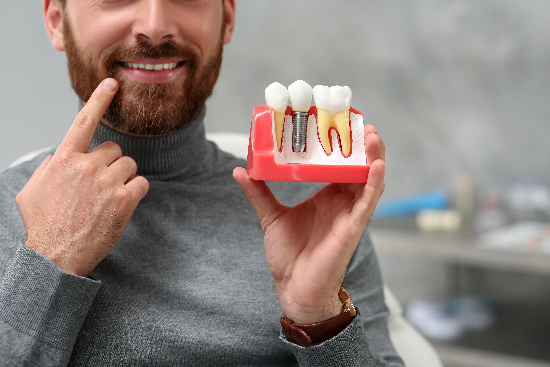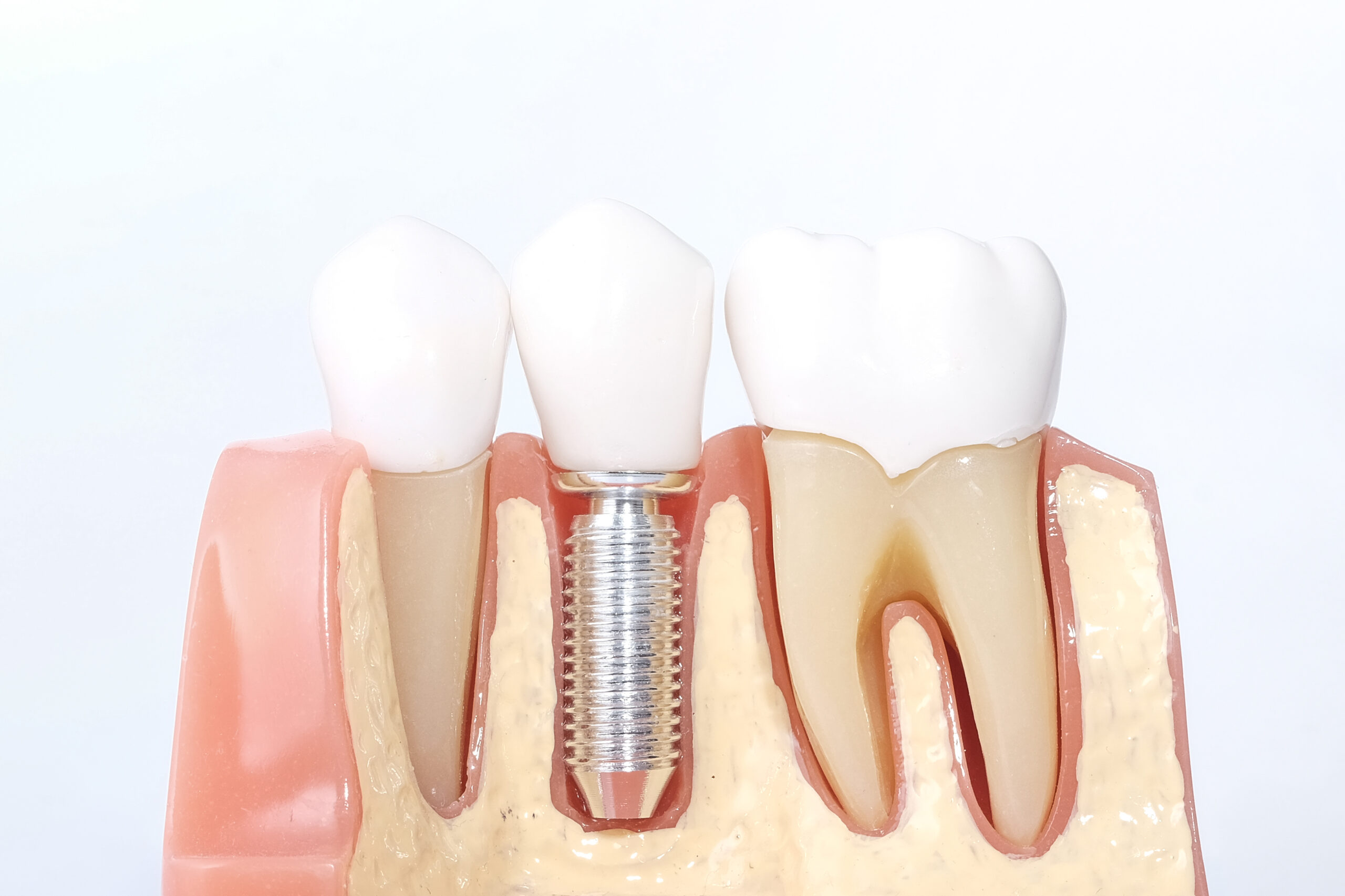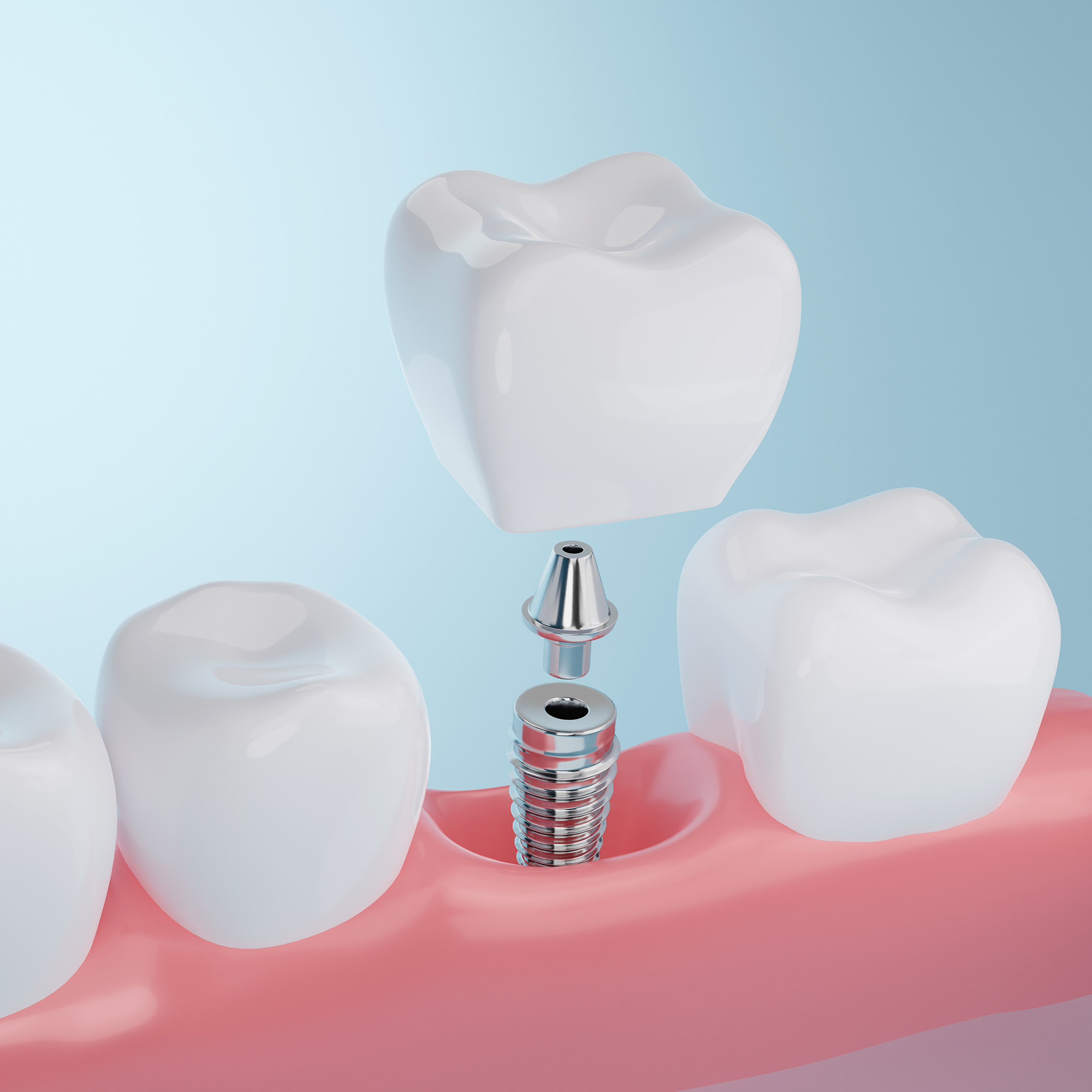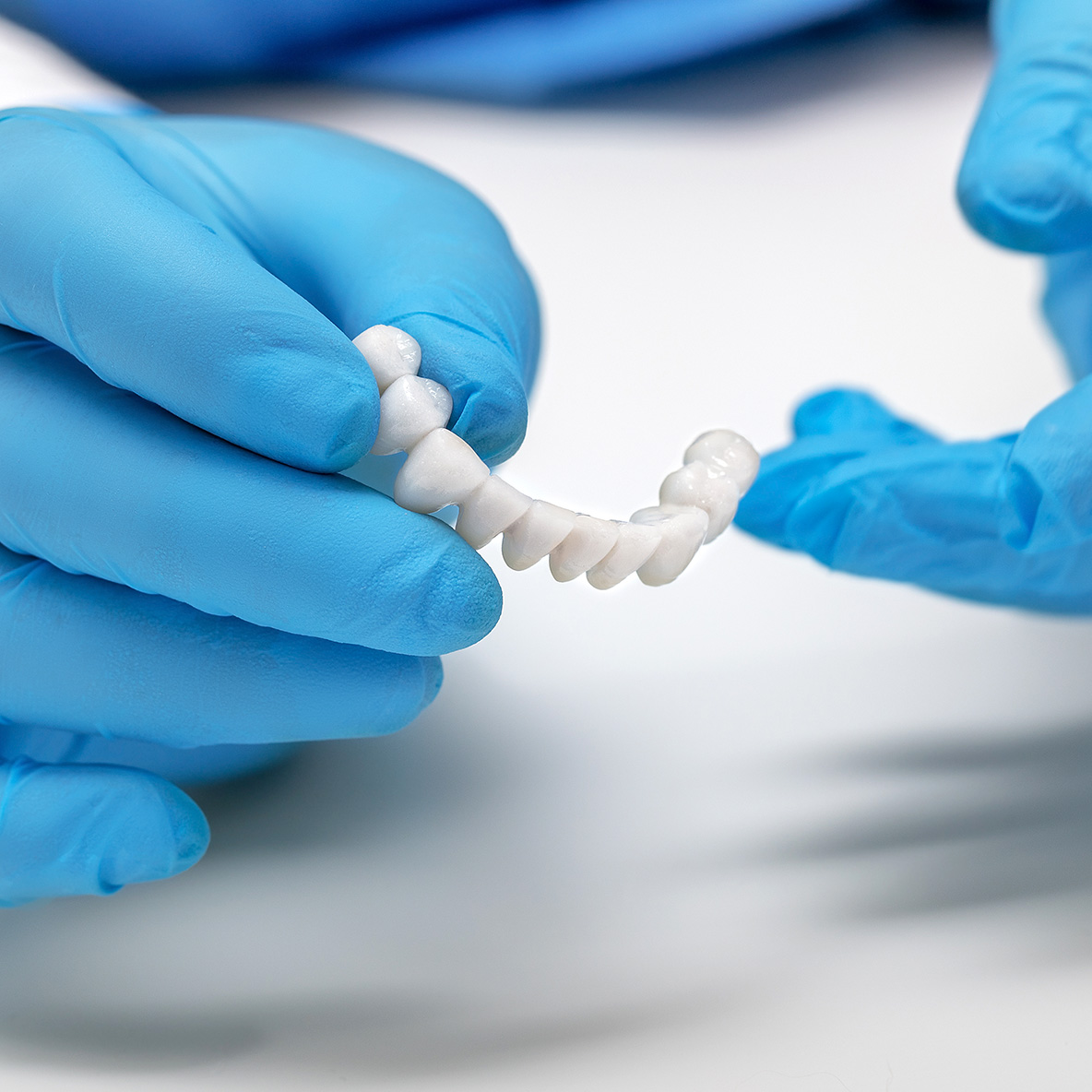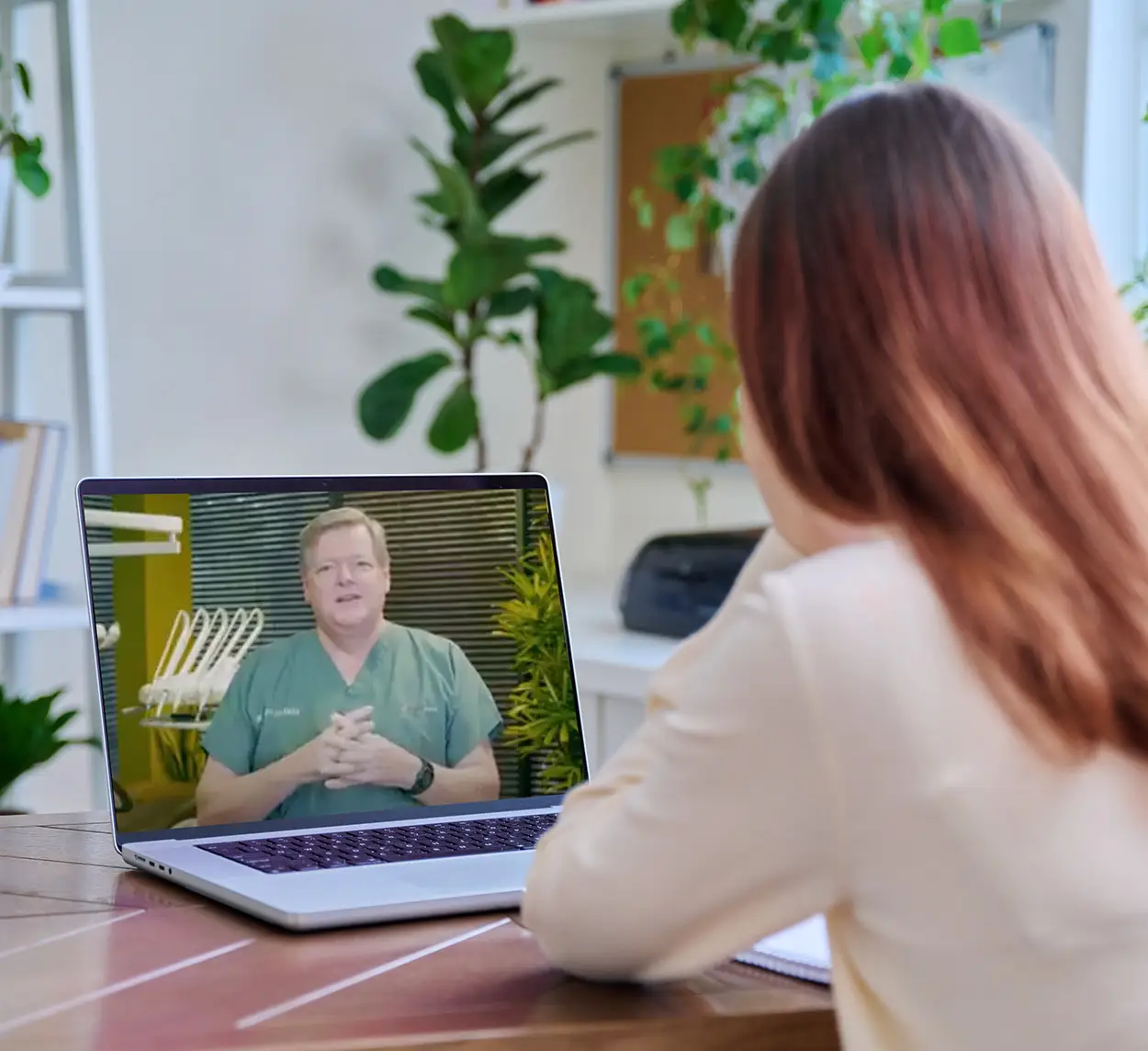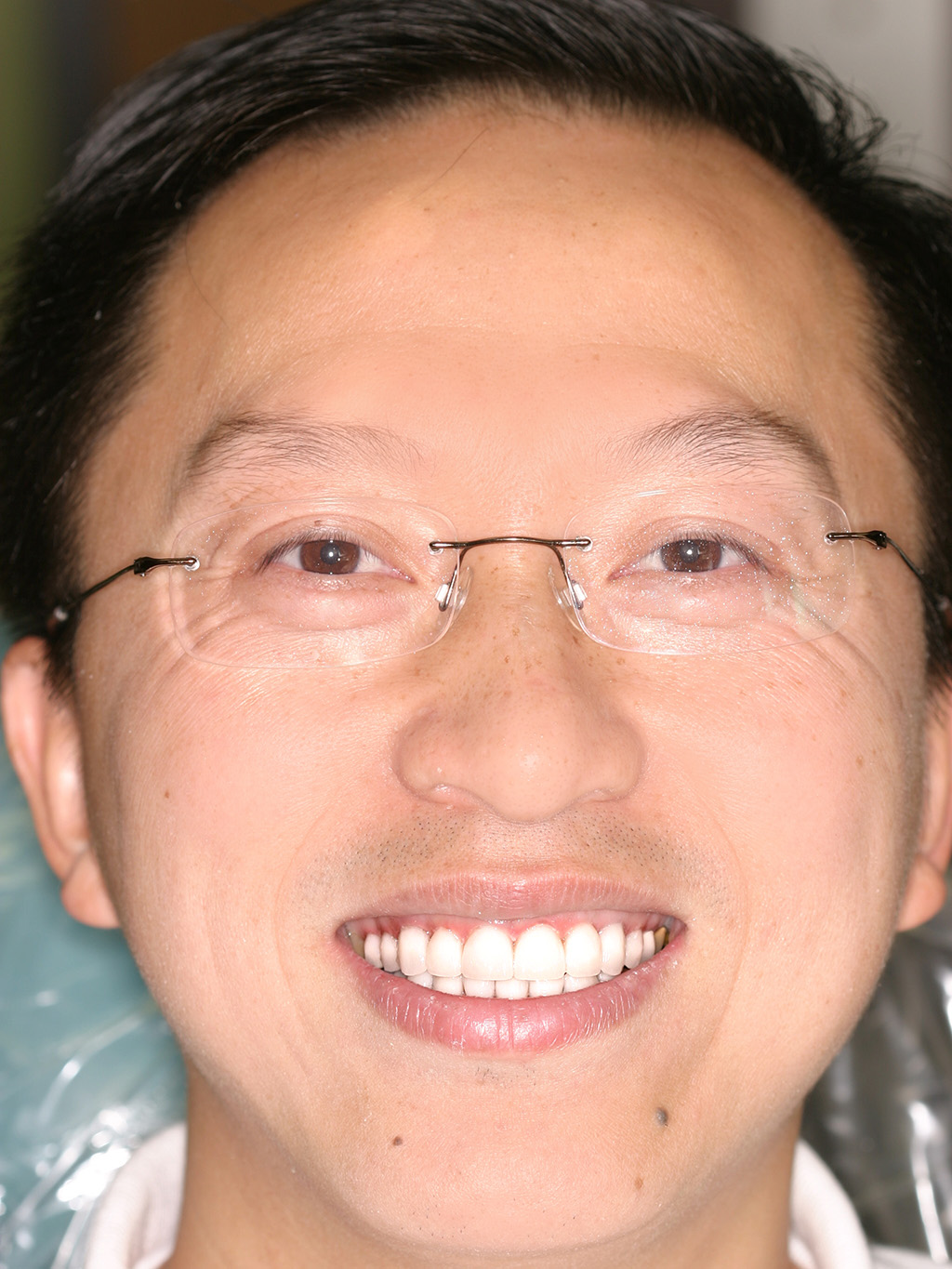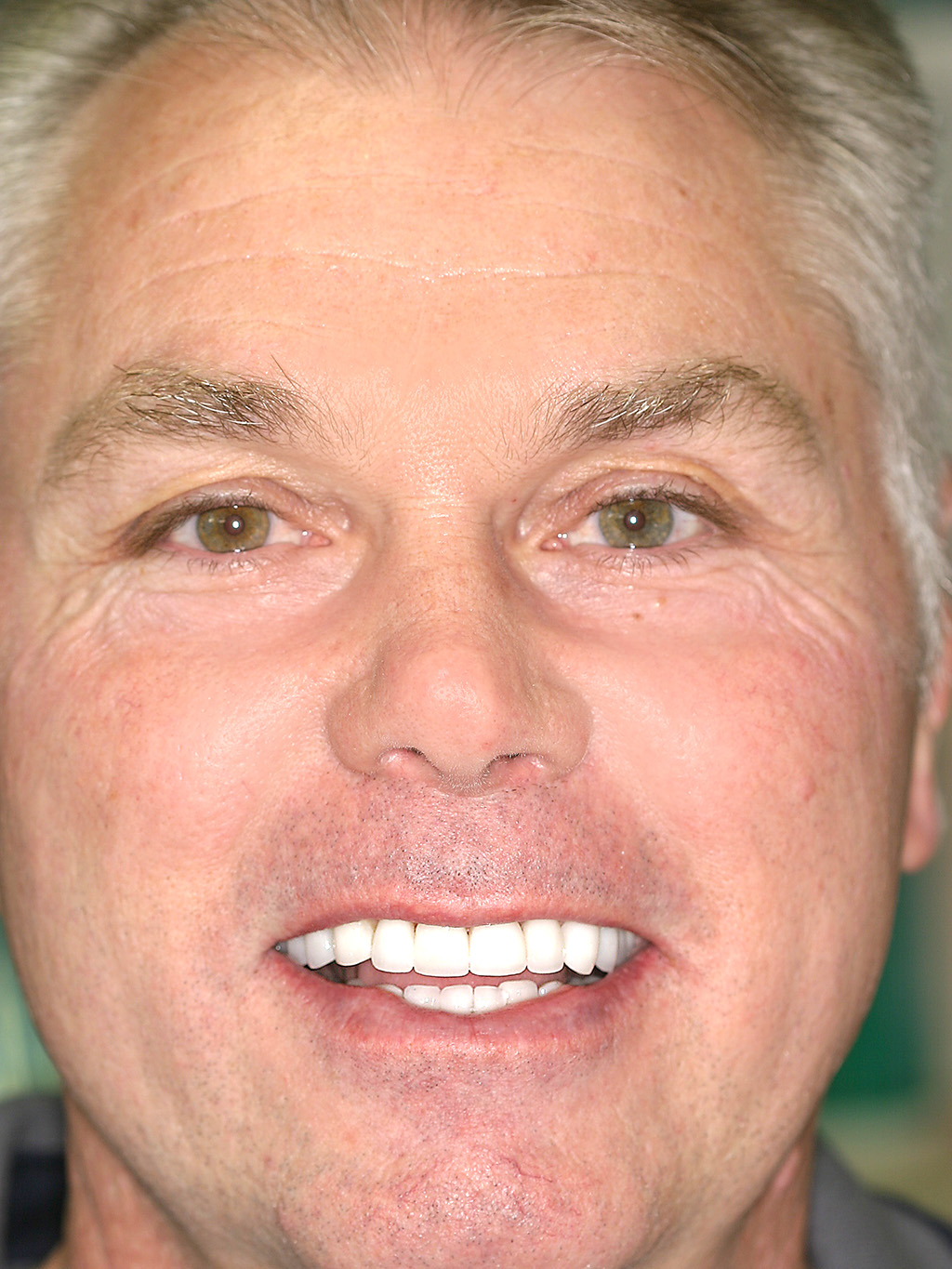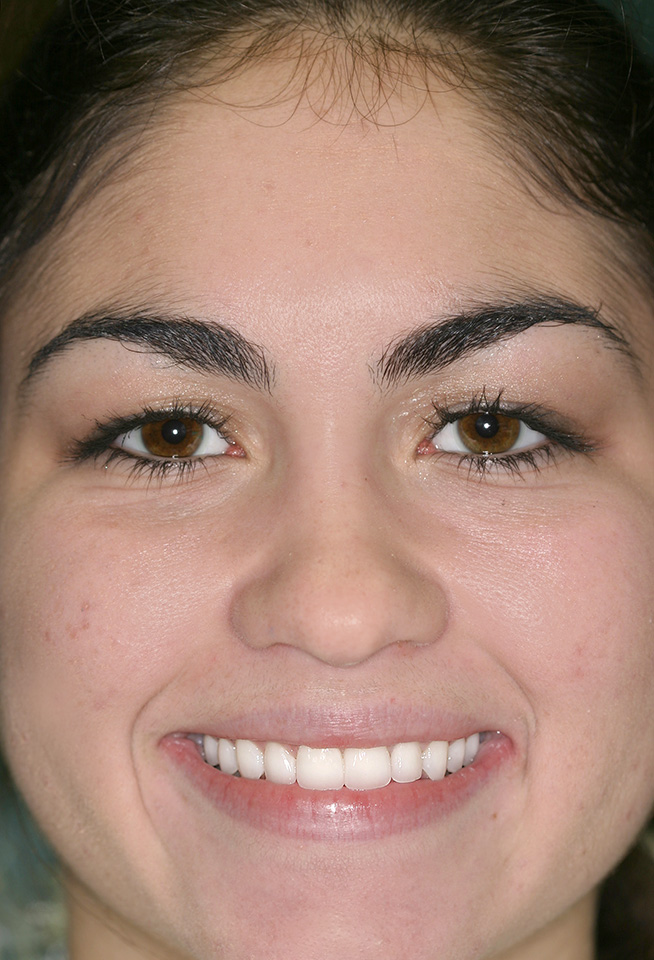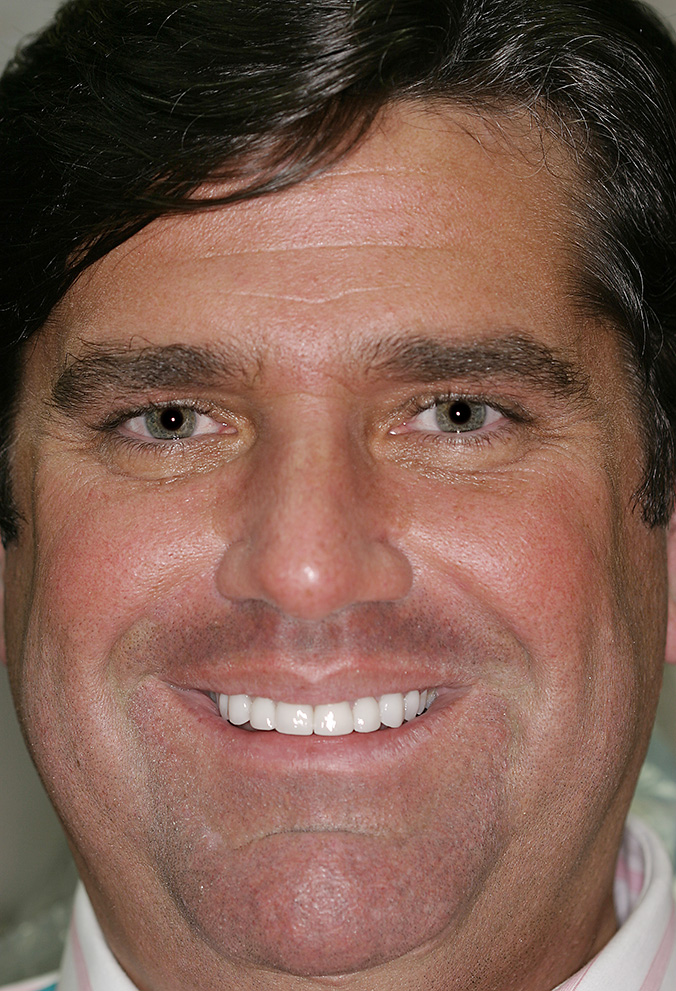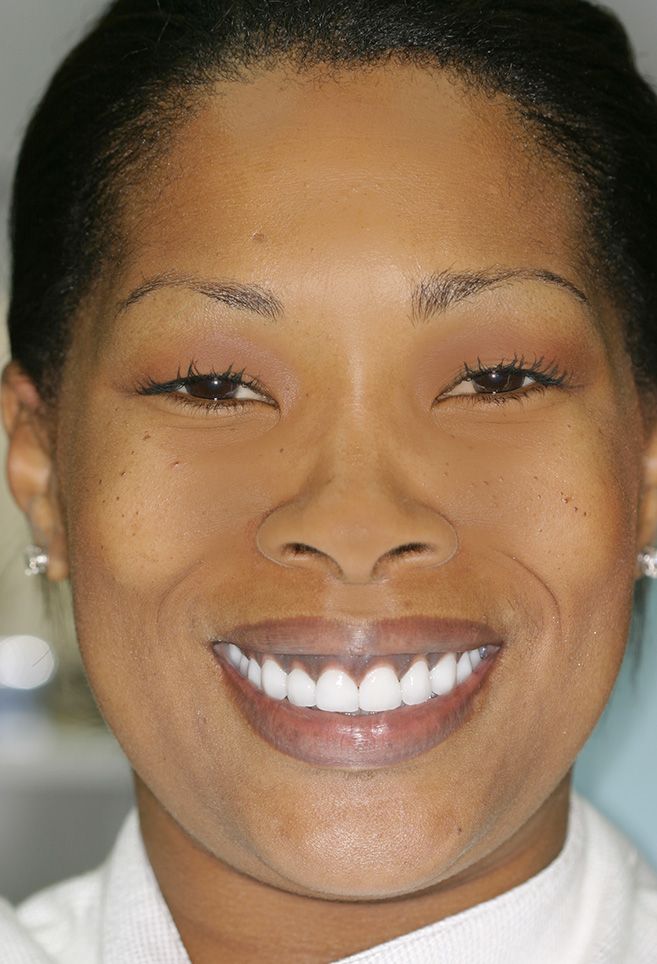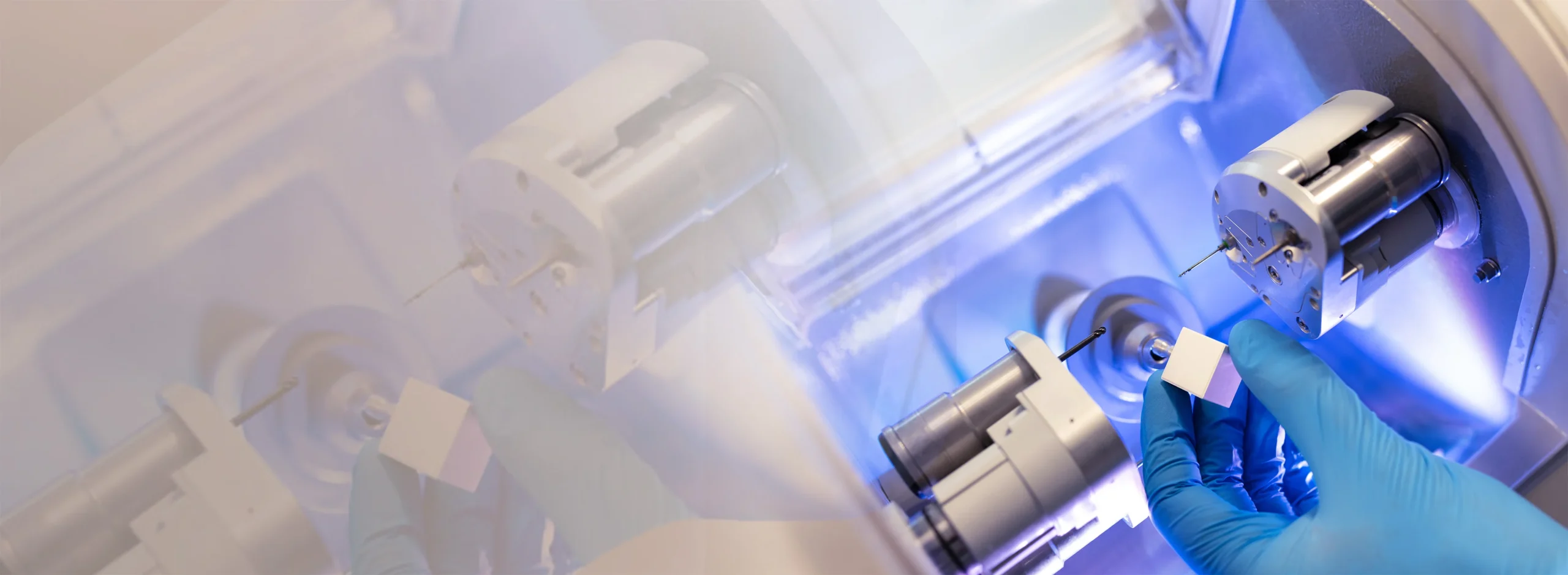My mom is disabled following a stroke and has some cognitive issues, so I help take care of her. She recently complained of a toothache, which was no major surprise because she avoided the dentist before her stroke and never really took care of her teeth. I took her to a local school for dentists and much to our surprise, we discovered she didn’t even have a tooth where she was complaining of tooth pain. They surmised that, because her back two teeth were missing, her top tooth had come down and was hitting on her jawbone every time she bit. We’re at the point where she pretty much needs all her teeth pulled and dentures, but she wants to know if dental implants can be put in the place where her other tooth is hitting. Are dental implants a viable option here, is there another option, or should we just plan to have the “long tooth” pulled?
Sincerely,
Karen in Georgia
Dear Karen,
It sounds like you’re dealing with a fairly unique situation here. It’s difficult to know what options are available, without knowing your mom’s full dental diagnosis.
Teeth rely on their biting partners to stay in place. When the partner is gone, a tooth will begin to protrude because there’s no opposing biting force, but this generally takes years to occur to the degree your mother is experiencing. If dental implants had been placed back when those teeth were initially lost, they would have prevented the problem. Going forward, it’s not quite so simple.
First, dental implants need a healthy mouth in order to be successful. Based on your assessment of your mom’s oral health, it’s questionable that one would heal properly. Periodontal disease or severe gum disease, is a contraindication for treatment. This is because the risk of infection is higher and the body is less able to heal the bone around the dental implant. It’s also likely that the tooth causing the discomfort is already decayed or has severe root exposure, which would mean it needs additional treatment in order for dental implants to be an option.
Secondly, with the tooth above the spot already connecting with the bone below it, there isn’t room for any type of device, be it a dental implant or appliance, to stop the two from connecting.
What she really needs is a full-mouth evaluation, to gauge her overall oral health and to diagnose what, if anything, is happening with the tooth that’s causing the pain. Dental implants may be part of the solution, but it’s important to look at her overall health and the diagnosis for each tooth. But a full assessment and exam is necessary in order to provide her with treatment options that will offer her the best results in the long run.







